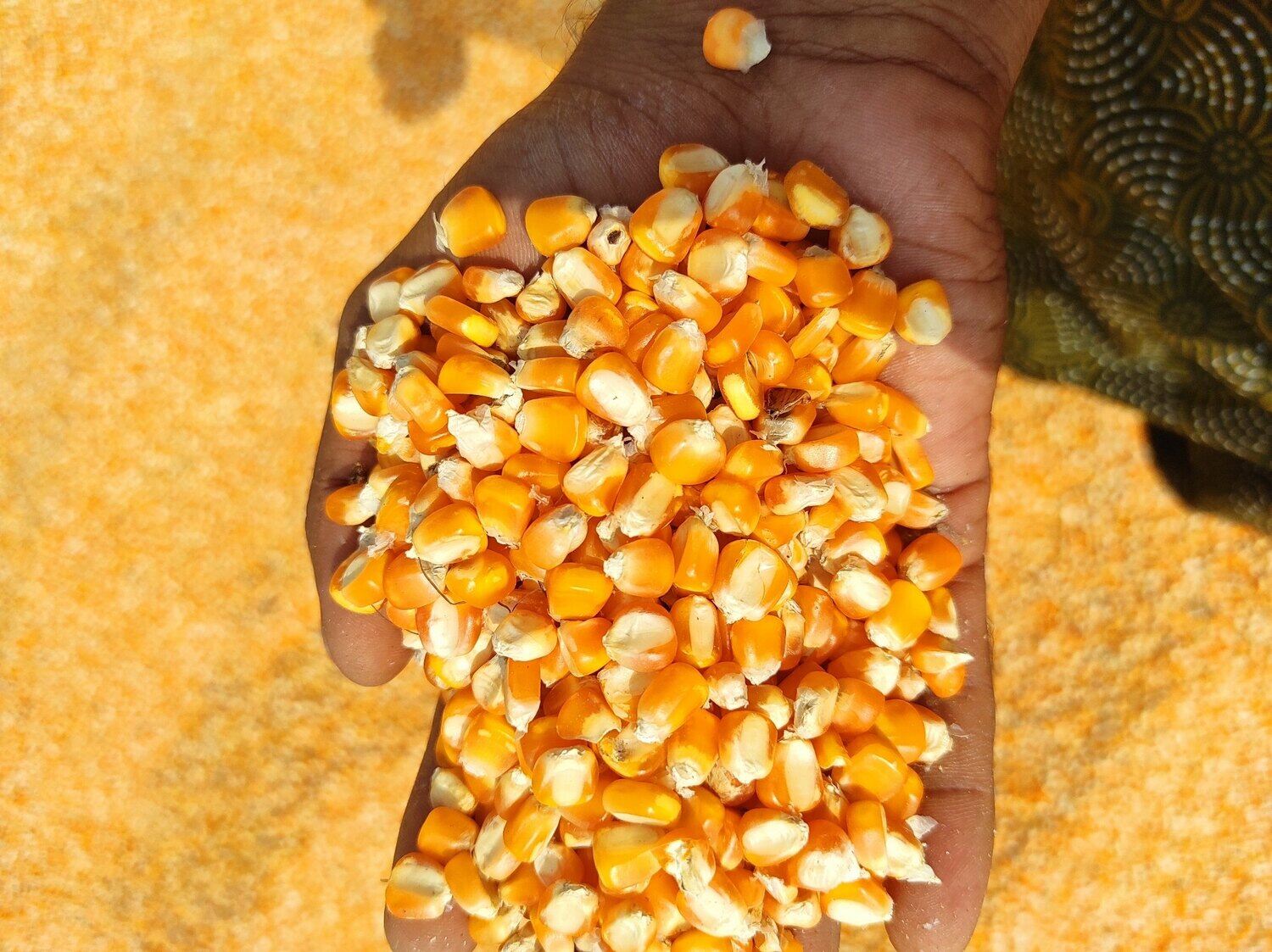

Articles
How To Store Corn Seeds For Next Year
Modified: January 6, 2024
Learn how to store corn seeds properly for future use in this informative article. Discover the best methods for preserving and saving corn seeds for planting next year.
(Many of the links in this article redirect to a specific reviewed product. Your purchase of these products through affiliate links helps to generate commission for Storables.com, at no extra cost. Learn more)
Introduction
When it comes to growing your own corn, having a reliable source of high-quality seeds is essential. While you can purchase corn seeds each year, it’s much more convenient and cost-effective to save and store your own seeds from the previous harvest. Not only is this a sustainable practice, but it also allows you to maintain the desired characteristics of your corn crop from year to year.
In this article, we will guide you through the process of storing corn seeds for the next planting season. We will cover everything from choosing the right corn seeds to harvesting, cleaning, drying, and ultimately storing them properly for optimum germination and longevity.
By following these steps, you can ensure that you have a bountiful and successful corn crop year after year, while also preserving the genetic diversity and heritage of your favorite corn varieties.
Key Takeaways:
- Preserve the genetic diversity of your favorite corn varieties by following these steps to store corn seeds. Enjoy a bountiful and successful corn crop year after year while contributing to agricultural traditions.
- Ensure a steady supply of healthy, viable corn seeds for future plantings by choosing, harvesting, and storing corn seeds properly. Embrace the satisfaction of self-sufficiency and the joy of nurturing your own corn crop.
Read more: How To Save Pepper Seeds For Next Year
Choosing the Right Corn Seeds
When it comes to choosing corn seeds for storage, there are a few important factors to consider. These factors will help ensure that you have healthy and viable seeds for the next planting season.
- Open-Pollinated or Hybrid: Determine whether you want to save seeds from open-pollinated varieties or hybrids. Open-pollinated varieties are more genetically diverse and can be pollinated by wind or insects, resulting in seeds that closely resemble the parent plant. Hybrid varieties, on the other hand, are created by crossing two different parent plants and do not produce offspring that are genetically identical to the parent. However, hybrids often have desirable traits like improved yield or disease resistance.
- Adaptability: Consider the adaptability of the corn variety to your local climate and growing conditions. Choose seeds that are known to perform well in your region to increase the chances of success.
- Disease Resistance: Look for corn varieties that have resistance to common diseases in your area. This will help ensure that your crop remains healthy and productive.
- Quality: Select seeds that are healthy, plump, and free from damage or signs of disease. Avoid seeds that are discolored, shriveled, or have cracks.
It’s also a good idea to choose multiple varieties of corn, especially if you have the space to grow them. This will provide genetic diversity and protect against crop failures due to specific diseases or environmental conditions.
Once you have chosen the corn seeds that are right for you, it’s time to move on to the next step: harvesting.
Harvesting Corn Seeds
Harvesting corn seeds involves letting the corn fully ripen on the stalk before harvesting the ears. This ensures that the seeds are mature and have reached their full potential for germination. Here are the steps to follow:
- Patience is Key: Allow the corn to fully mature on the stalk. The kernels should be hard and thoroughly dry. This usually occurs when the husks turn brown and dry, and the silks have turned brown and dry as well.
- Timing is Important: Harvest the corn seeds when the weather is dry. Moisture can lead to mold and poor seed quality.
- Hand-Pick the Ears: Gently twist and pull the ear of corn downward until it breaks off from the stalk. Avoid pulling too hard, as this can damage the ears or detach the husks.
- Inspect for Damage: Examine each ear of corn for any signs of pests, diseases, or other damage. Discard any ears that show signs of infestation or rot.
- Leave Husks On: Keep the husks intact on the ears of corn. They provide a natural protective layer for the seeds during the drying process.
It’s important to note that if you’re saving seeds from hybrid varieties, the resulting seeds will not produce plants with the same characteristics as the parent plant. This is because hybrids are the result of cross-pollination between two different parent plants.
Now that you have successfully harvested your corn ears, it’s time to move on to the next step: cleaning and drying the seeds.
Cleaning and Drying Corn Seeds
Properly cleaning and drying corn seeds is crucial to ensure their viability and longevity. Here’s how you can clean and dry your harvested corn seeds:
- Remove Husks and Silks: Start by removing the husks and silks from the ears of corn. Gently peel back the husks and remove any remaining silk strands. Discard the husks and silks.
- Separate Seeds from the Cob: Hold the ear of corn firmly at the top and use a twisting motion to break the cob in half. This will release the individual kernels. Repeat this process for all the ears of corn.
- Remove Deformed or Discolored Seeds: Examine the kernels and remove any that are deformed, discolored, or damaged. These seeds are unlikely to germinate successfully.
- Wash the Seeds: Rinse the kernels under cool running water to remove any remaining debris or silk remnants. Gently swish the seeds around to ensure thorough cleaning.
- Spread Seeds for Drying: Place the cleaned seeds on a flat surface, such as a baking sheet or a screen, in a single layer. Avoid crowding the seeds to allow for proper airflow during the drying process.
- Allow for Air Circulation: Place the seeds in a dry, well-ventilated area. Avoid areas with high humidity, as excess moisture can lead to mold or seed spoilage.
- Monitor the Drying Process: Regularly check the seeds for moisture content. They should feel dry and brittle to the touch. This typically takes one to two weeks, depending on the humidity levels in your area.
Once the seeds are fully dry, it’s time to move on to the next step: storing the corn seeds for future use.
Store corn seeds in a cool, dry place in an airtight container, such as a glass jar or airtight plastic bag. Make sure to label the container with the seed variety and the date it was harvested. Keep the seeds away from moisture and direct sunlight to maintain their viability for the next planting season.
Storing Corn Seeds
Proper storage is key to maintaining the viability of your corn seeds for the next planting season. Follow these guidelines to ensure the longevity and quality of your stored corn seeds:
- Use Airtight Containers: Transfer the fully dried corn seeds into airtight containers such as glass jars or seed storage bags. Make sure the containers are clean, dry, and free from any residual moisture.
- Label and Date: Label each container with the corn variety, the date of harvest, and any other relevant information. This will help you keep track of the seeds’ age and characteristics.
- Store in a Cool, Dark Place: Place the airtight containers in a cool and dark location. Avoid areas that are subject to temperature fluctuations or direct sunlight, as these can degrade the seeds over time.
- Avoid Moisture: Moisture is the enemy of seed storage. Ensure that the storage area is dry and has low humidity. Consider adding moisture-absorbing packets or silica gel packets to further protect against moisture damage.
- Monitor Regularly: Periodically check on the stored seeds to ensure that no moisture or mold has developed. If you notice any signs of damage or deterioration, discard those seeds to prevent contamination of the rest.
Remember, the viability of corn seeds decreases over time. It’s recommended to use stored seeds within 1-2 years for optimal germination rates. However, some corn seeds can remain viable for longer periods under ideal storage conditions.
By following these storage guidelines, you can preserve the genetic integrity of your corn seeds and have a reliable supply of seeds for future planting seasons.
Read more: How To Store Seeds For Next Year
Tips for Successful Seed Storage
To ensure the success of your corn seed storage, consider these helpful tips:
- Select Quality Seeds: Begin with high-quality seeds. Better quality seeds have a higher chance of germination and producing healthy plants.
- Know Your Seeds: Different corn varieties have different storage requirements. Familiarize yourself with the specific needs and characteristics of the corn seeds you are saving.
- Keep Seeds Dry: Moisture is the enemy of seed storage. Store your corn seeds in a dry environment to prevent mold and seed spoilage.
- Ensure Proper Air Circulation: Good air circulation is crucial to prevent the build-up of excess moisture. Avoid storing seeds in airtight containers without proper ventilation.
- Maintain Consistent Temperature: Fluctuations in temperature can negatively affect seed viability. Store your corn seeds in a location with a stable temperature.
- Avoid Freezing Seeds: While keeping seeds in the freezer may seem like a good idea, the repetitive freezing and thawing can damage their viability. It’s best to store them in a cool, dry place instead.
- Rotate Seed Stock: To maintain seed vigor, it’s essential to rotate your seed stock regularly. Use the oldest seeds first and replenish your stock each year with fresh, viable seeds.
- Record Keeping: Keep detailed records of the variety, harvest date, and any other pertinent information for your corn seeds. This will help you track their age and performance over time.
- Observe Local Regulations: Some regions may have specific guidelines or regulations regarding seed storage. Ensure that you comply with any local laws or restrictions.
By following these tips, you can increase the chances of successful corn seed storage and maintain a healthy and productive corn crop year after year.
Conclusion
Storing corn seeds for the next planting season is a valuable practice that allows you to preserve the genetic diversity of your favorite corn varieties and ensure a reliable supply of high-quality seeds. By following the steps outlined in this article, you can successfully save, clean, dry, and store your corn seeds for optimal germination and longevity.
Choosing the right corn seeds, harvesting them at the right time, and properly cleaning and drying them are crucial steps in the seed-saving process. Additionally, storing the seeds in a cool, dry, and dark environment in airtight containers will help protect them from moisture and maintain their viability.
It’s important to remember that properly storing corn seeds requires consistent monitoring and attention to detail. Regularly check for signs of moisture or mold and discard any damaged or deteriorated seeds to prevent contamination.
By following the tips and guidelines provided, you can enhance the success of your seed storage and ensure a steady supply of healthy, viable corn seeds for future plantings. Enjoy the satisfaction of self-sufficiency and the joy of nurturing your own corn crop year after year.
Remember, seed saving is not only a practical and sustainable practice but also a way to preserve the heritage and diversity of corn varieties for future generations. Embrace the experience of growing your own corn and contributing to the rich tapestry of agricultural traditions.
Frequently Asked Questions about How To Store Corn Seeds For Next Year
Was this page helpful?
At Storables.com, we guarantee accurate and reliable information. Our content, validated by Expert Board Contributors, is crafted following stringent Editorial Policies. We're committed to providing you with well-researched, expert-backed insights for all your informational needs.
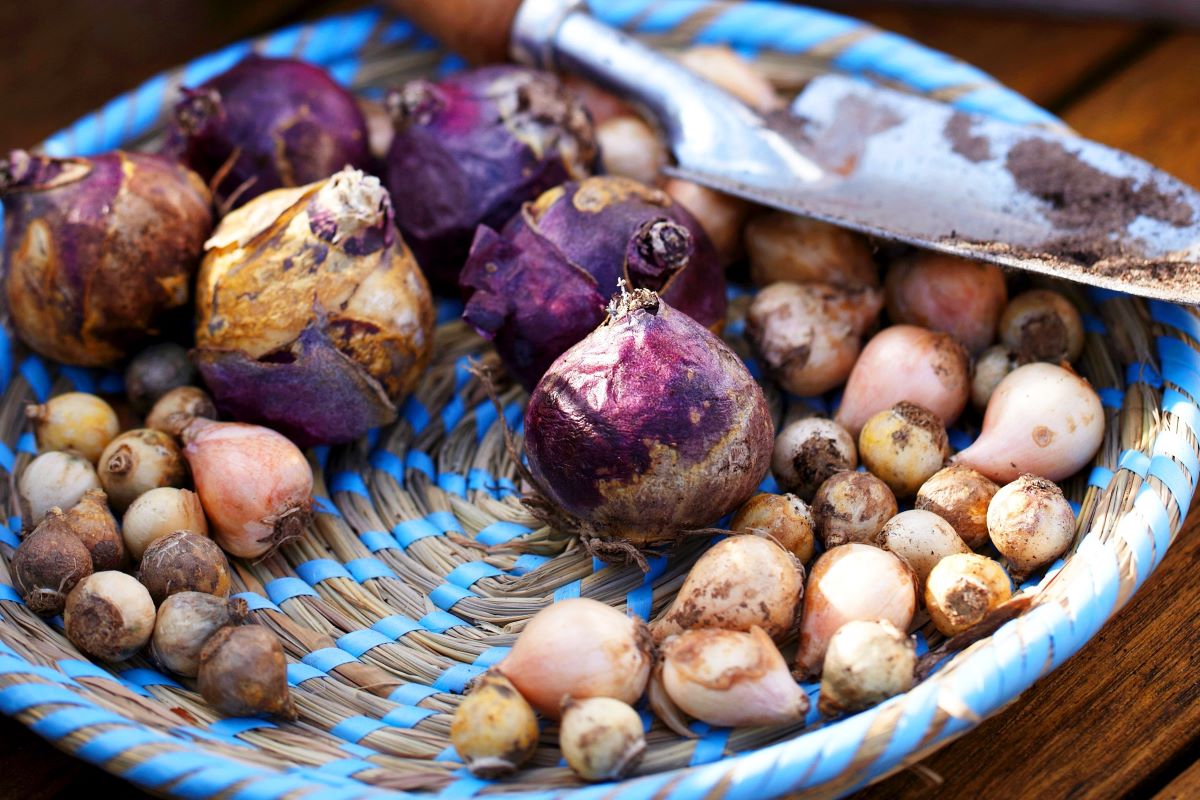
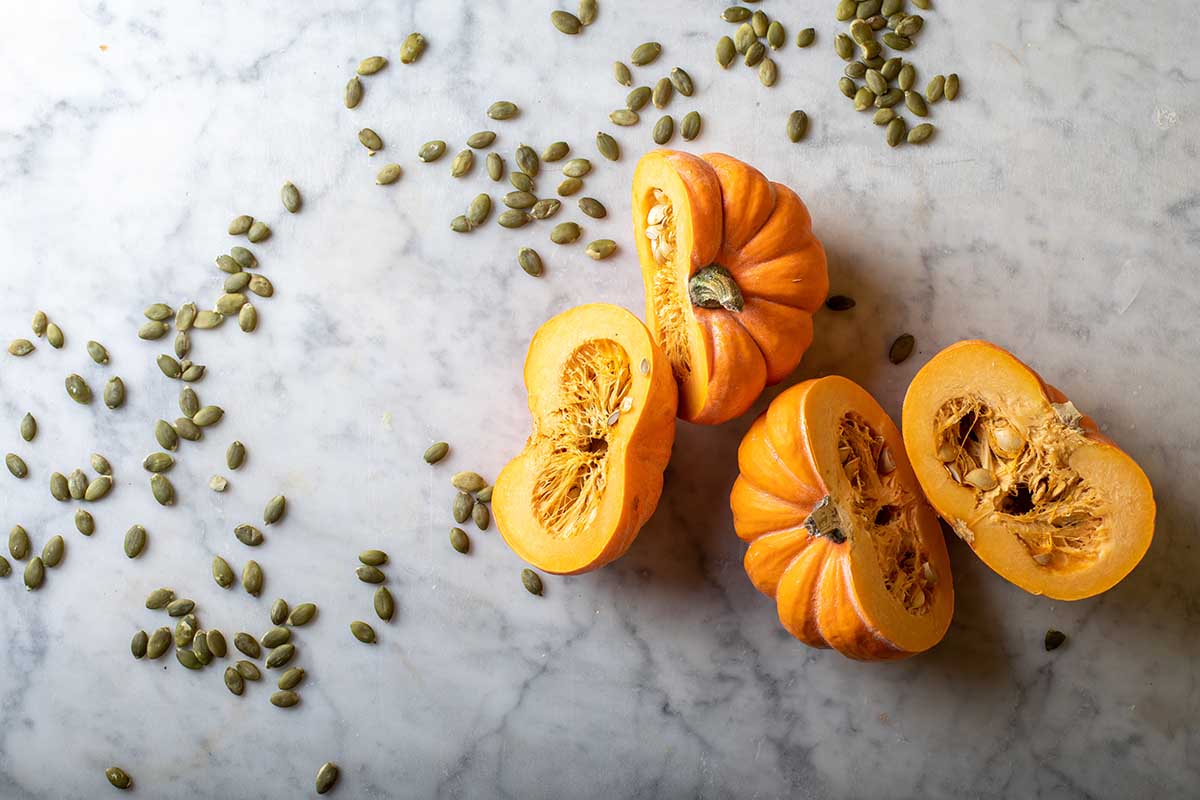
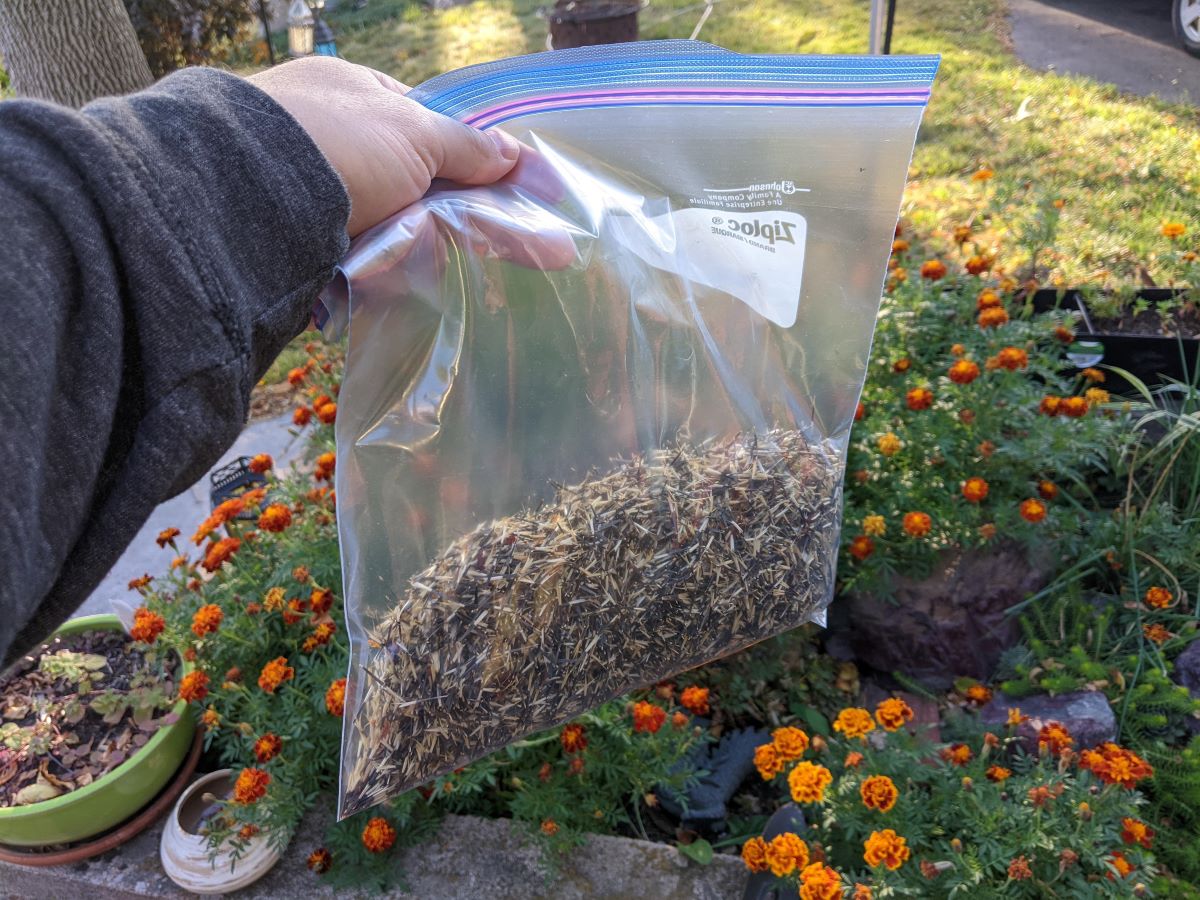
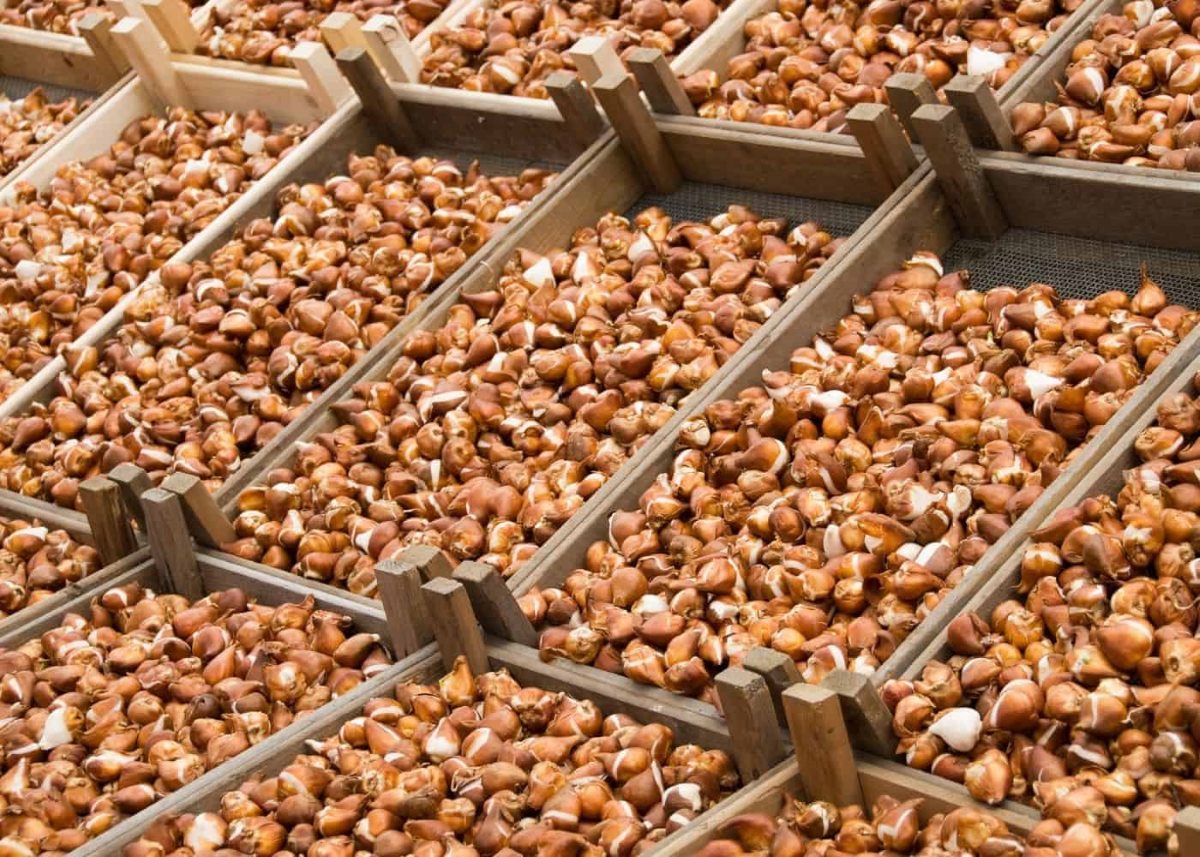
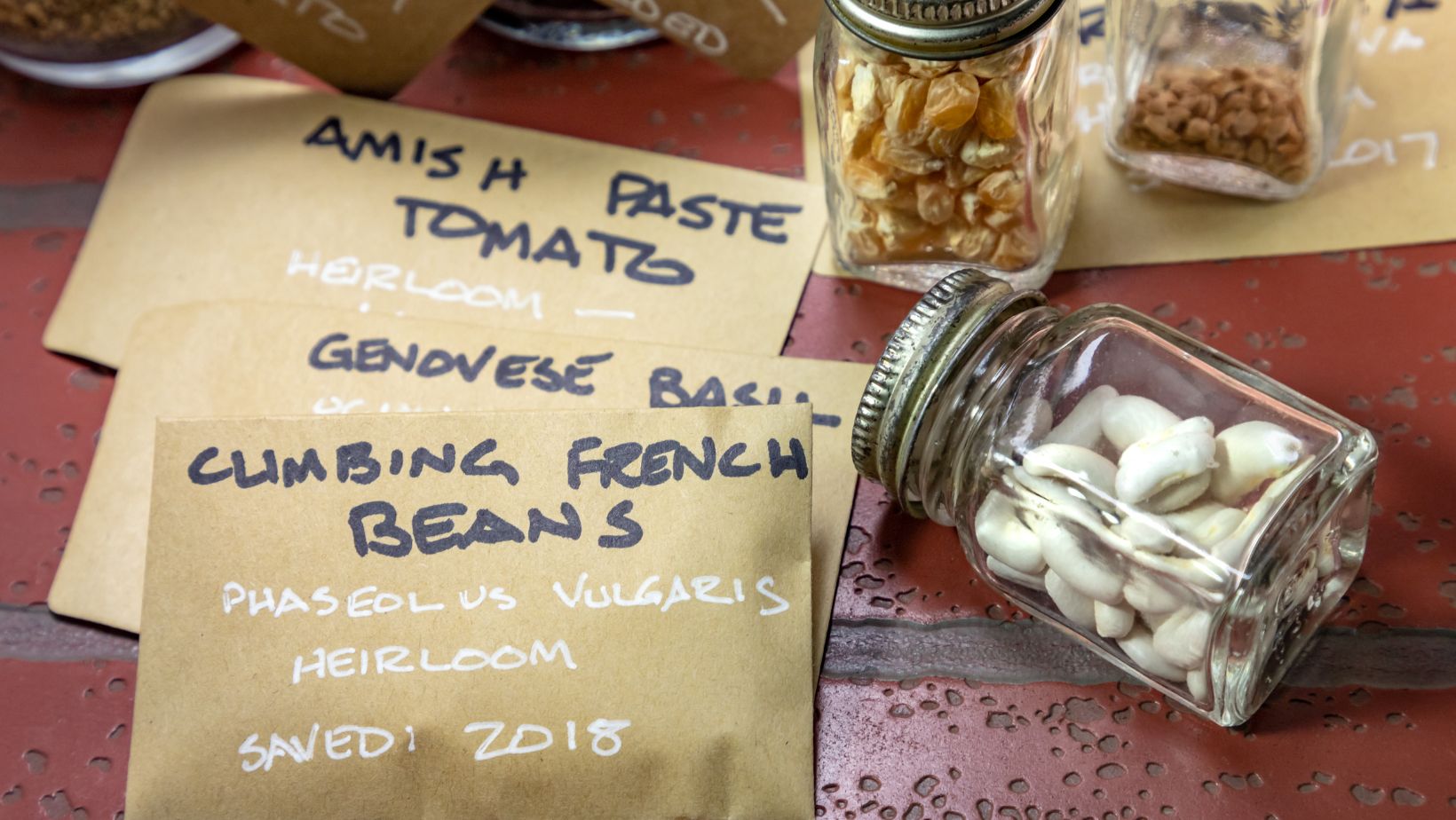
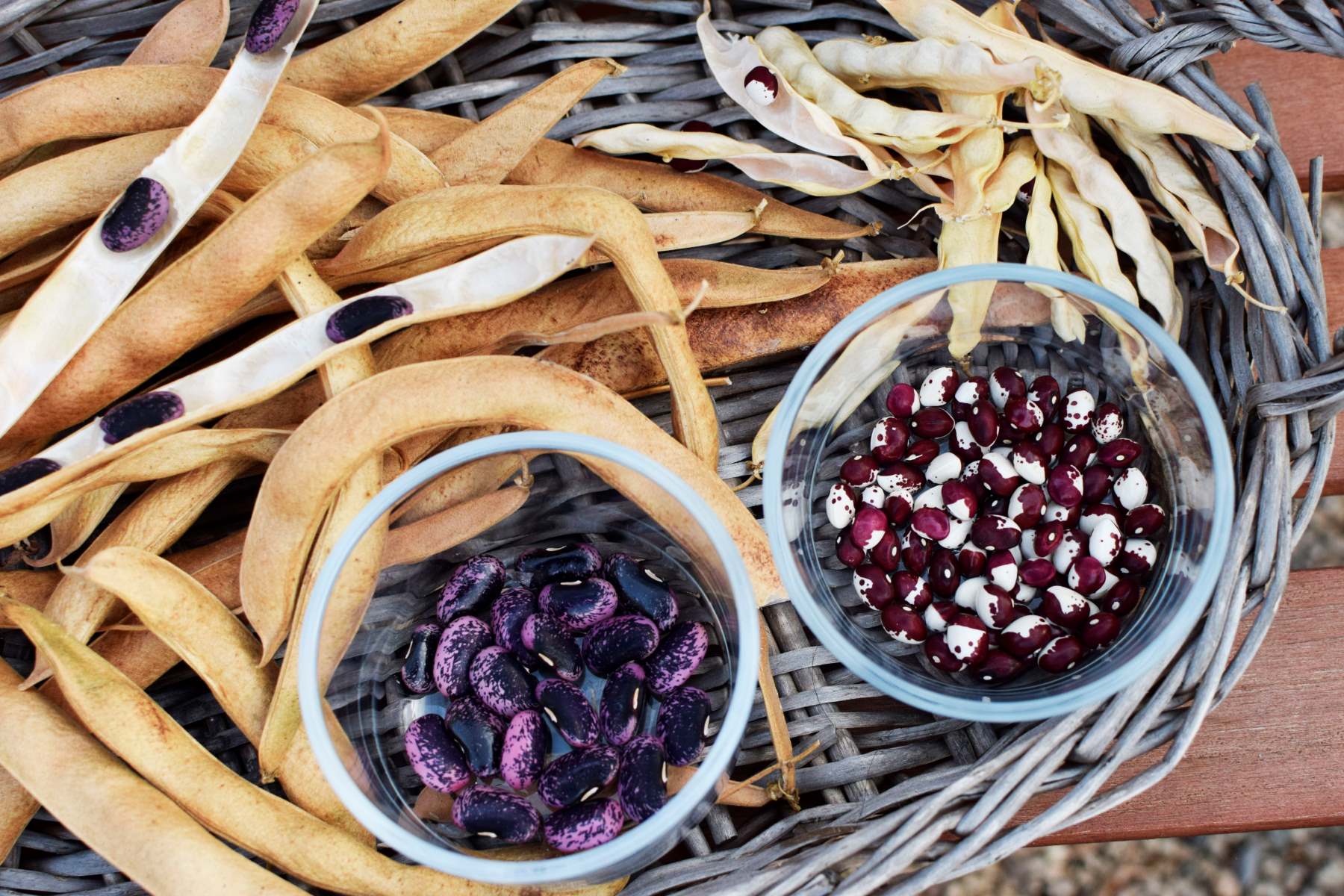
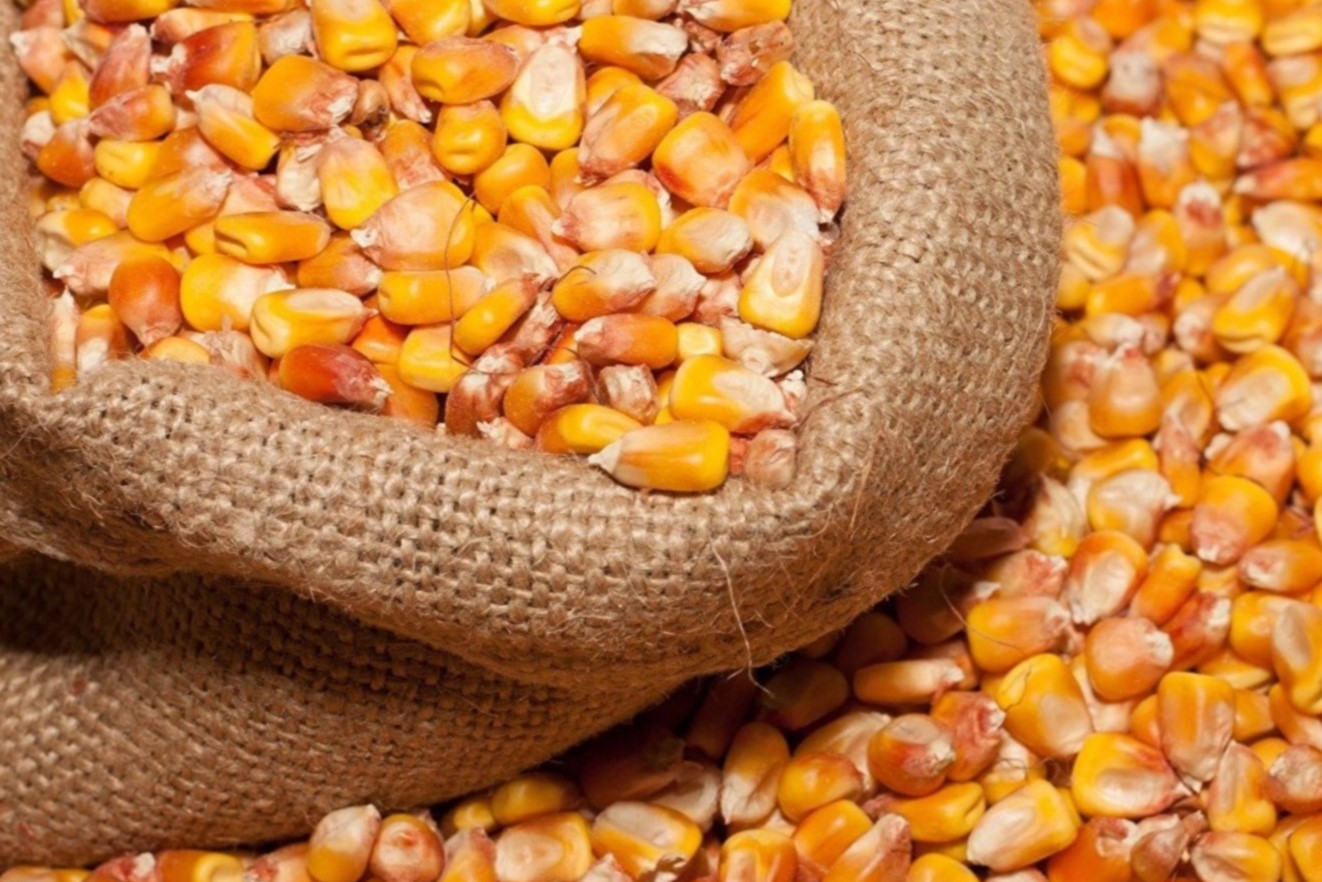
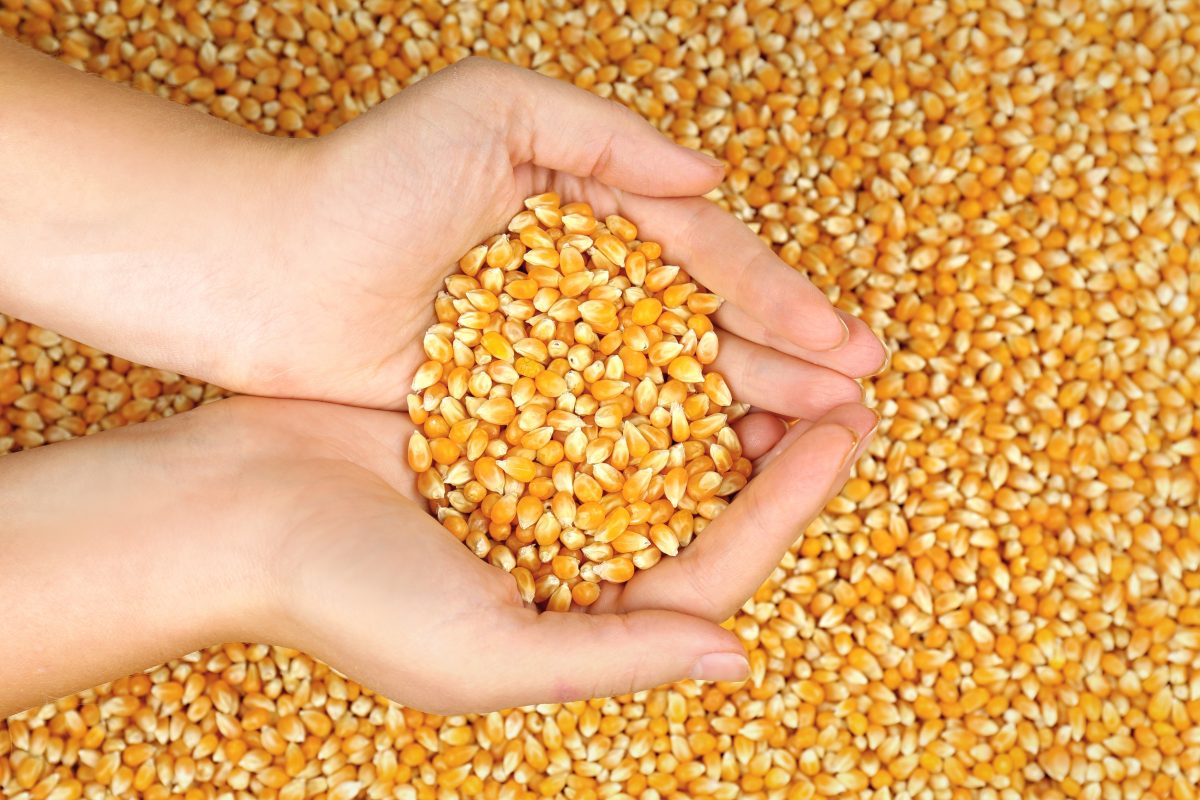
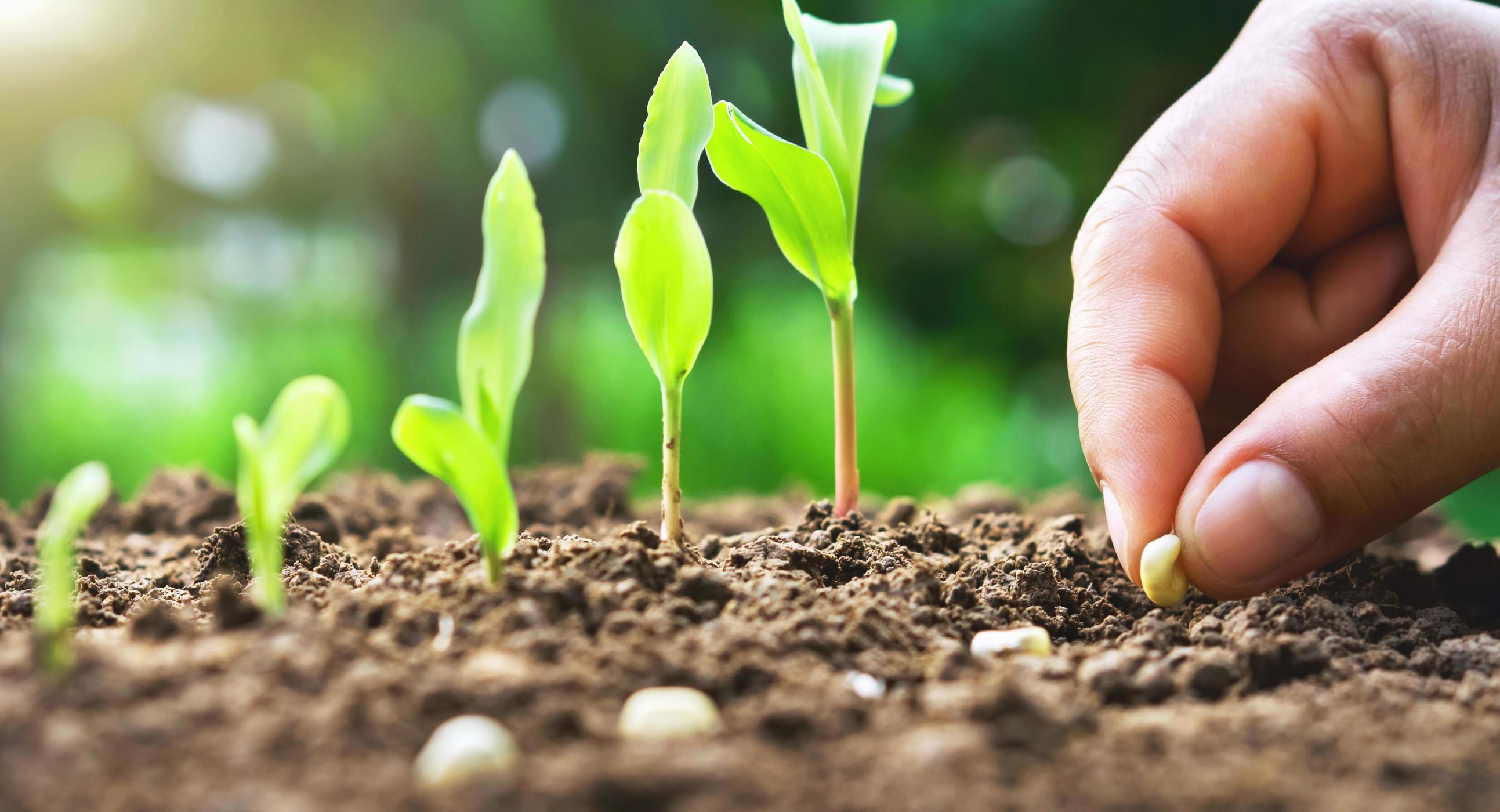
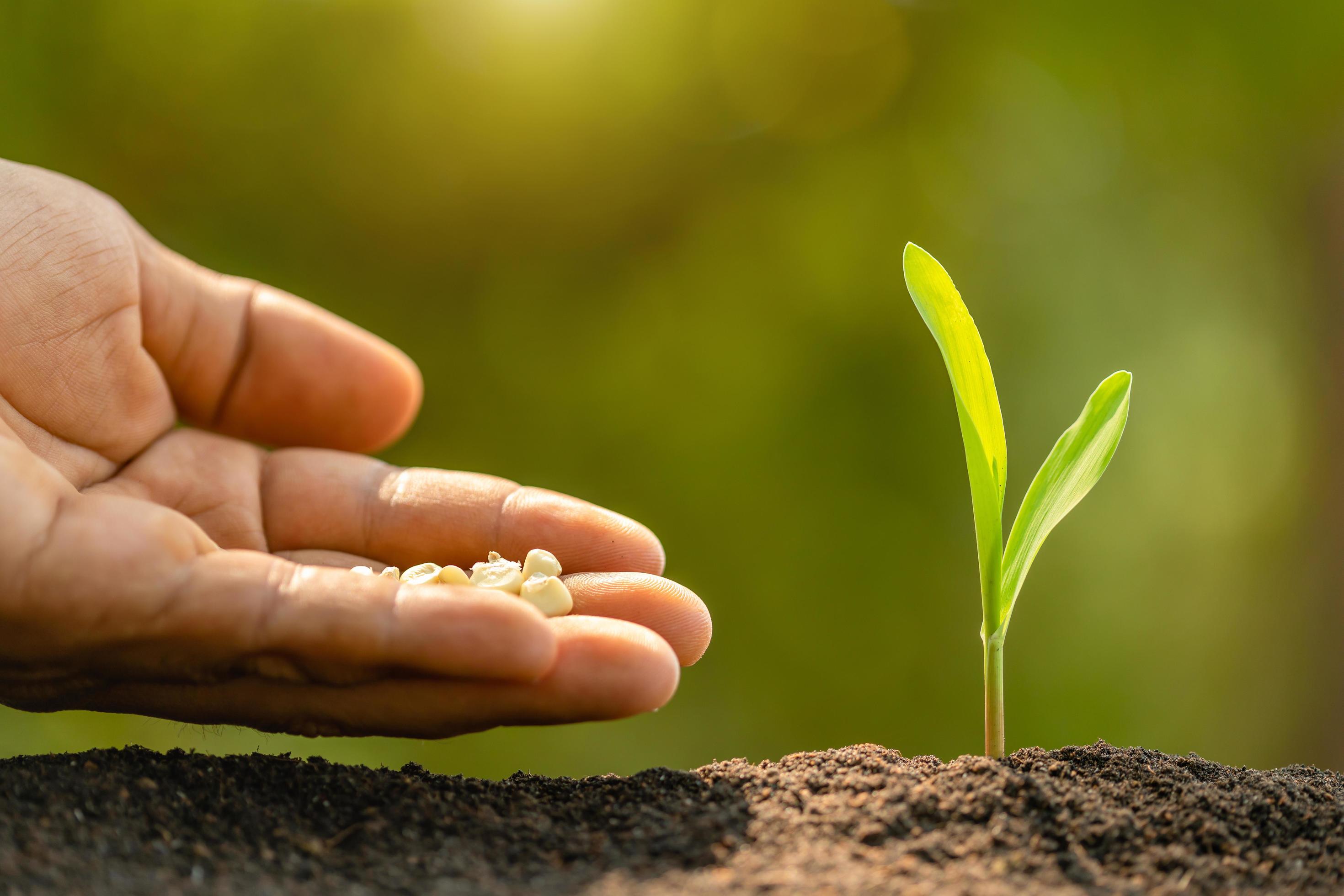
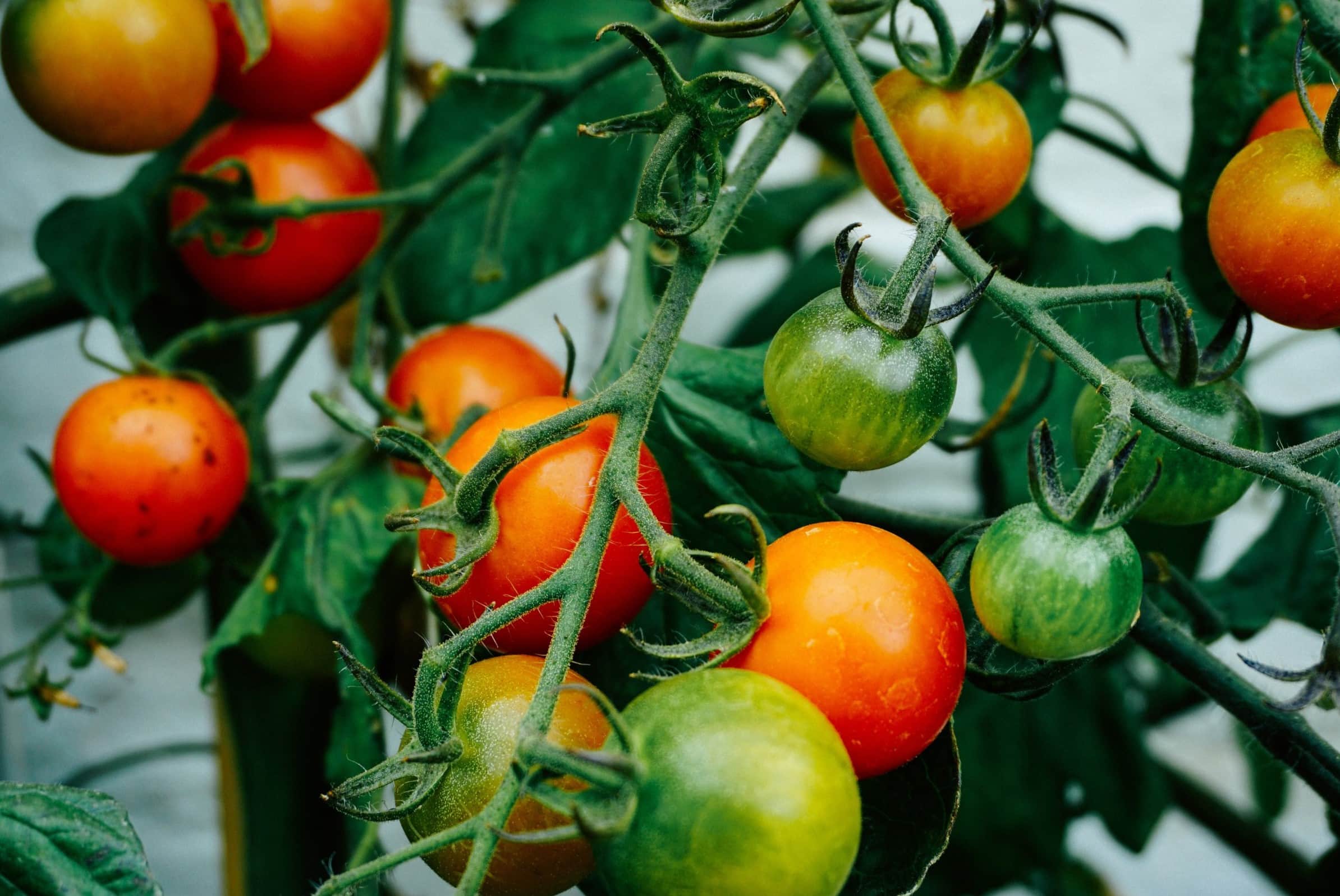
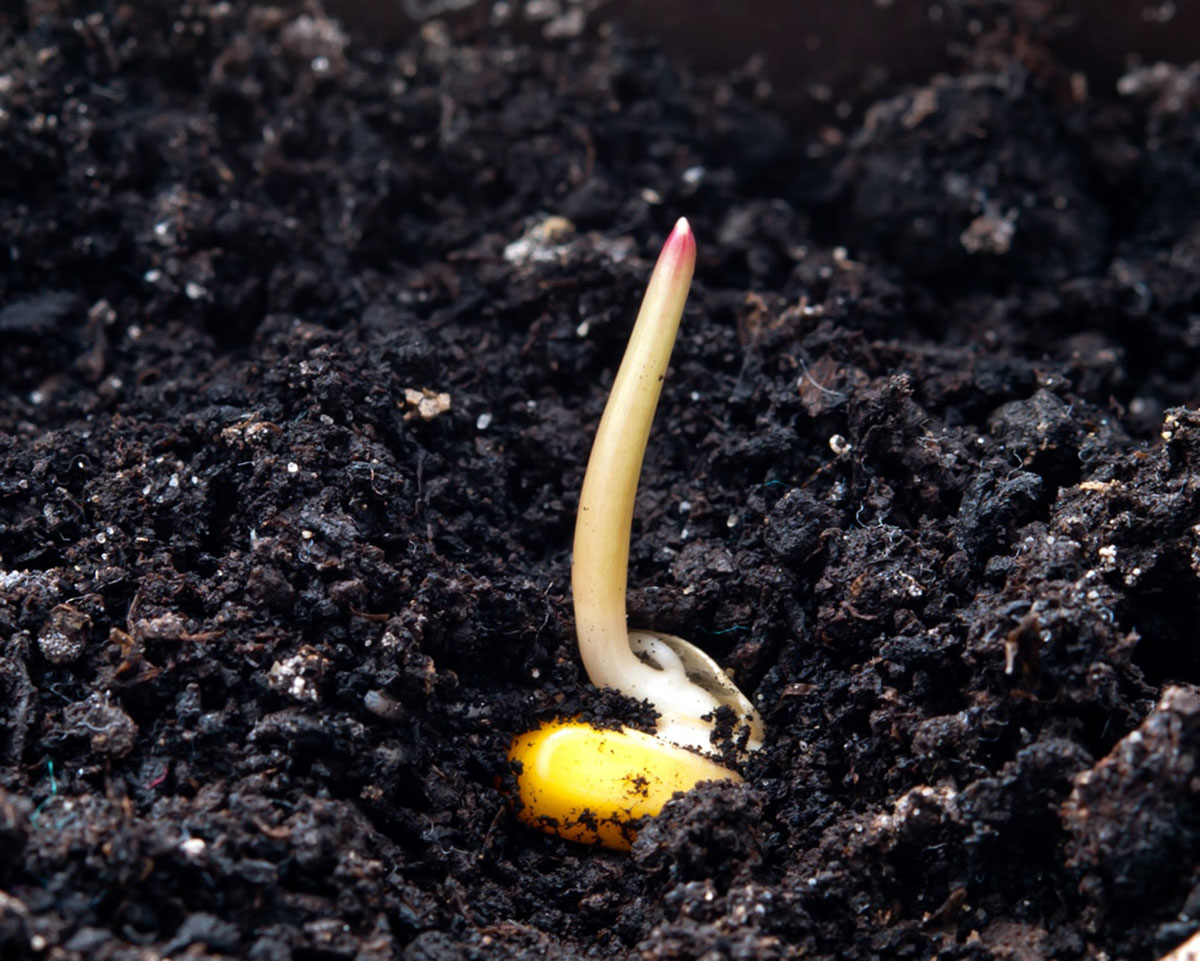
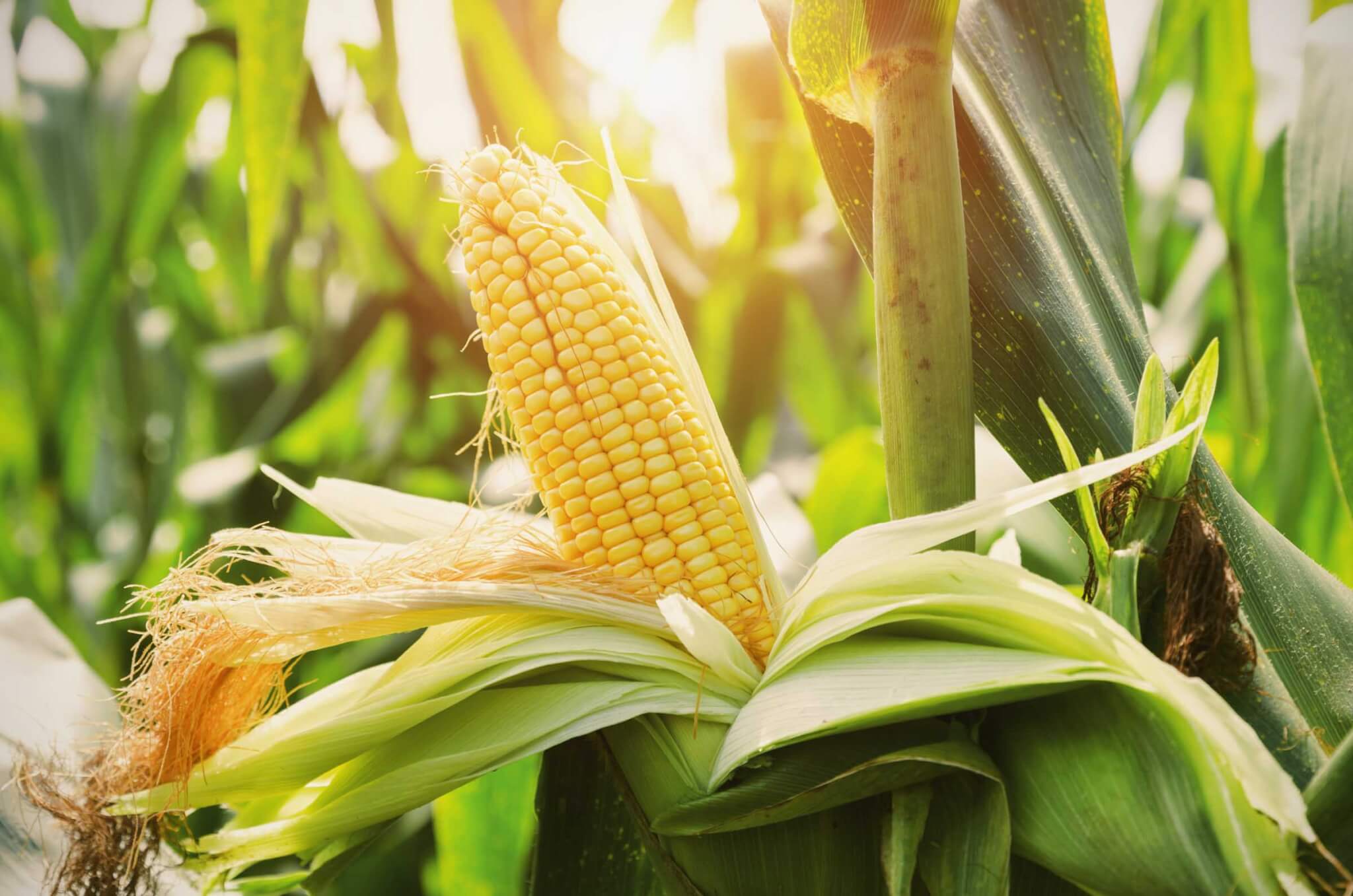
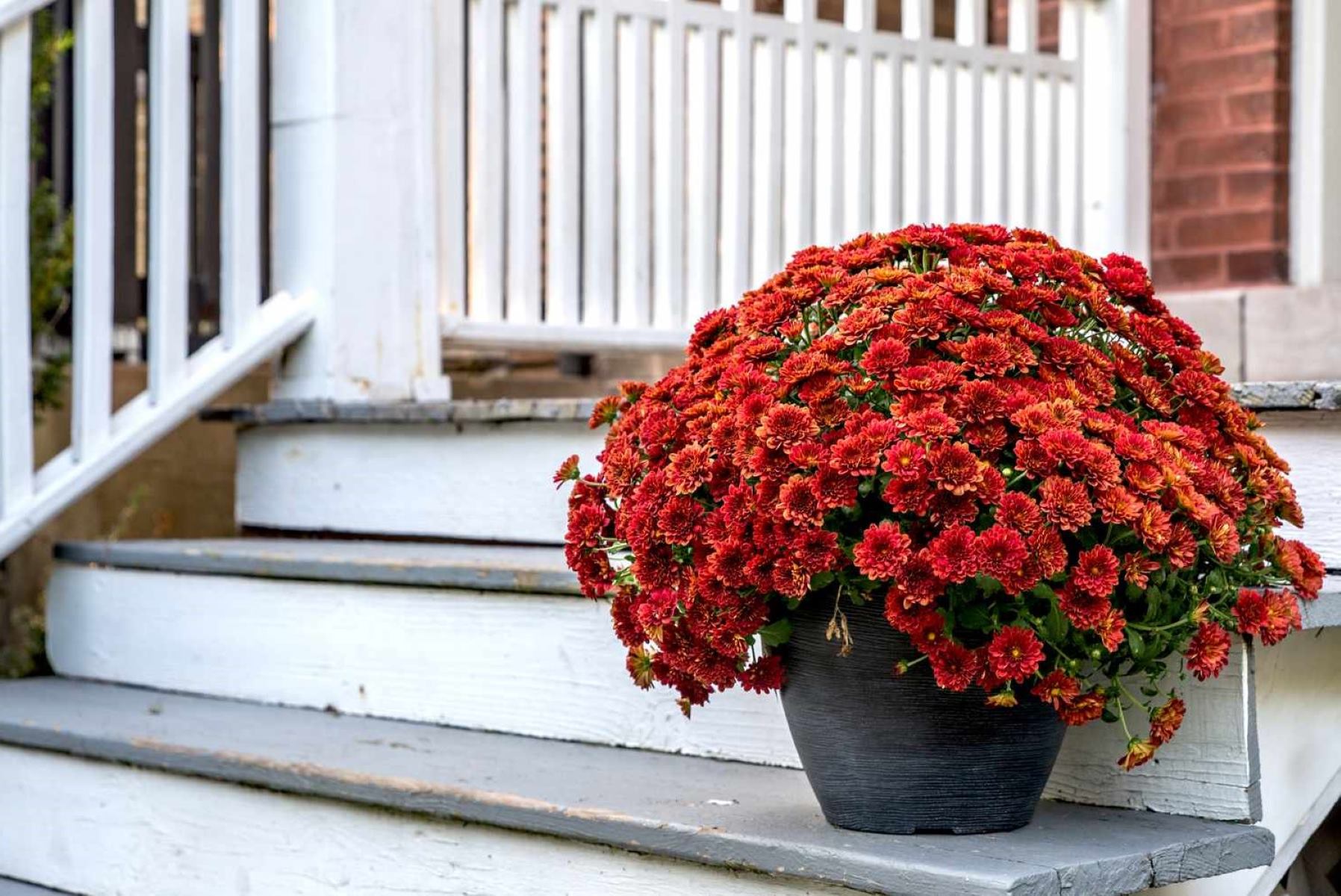

0 thoughts on “How To Store Corn Seeds For Next Year”